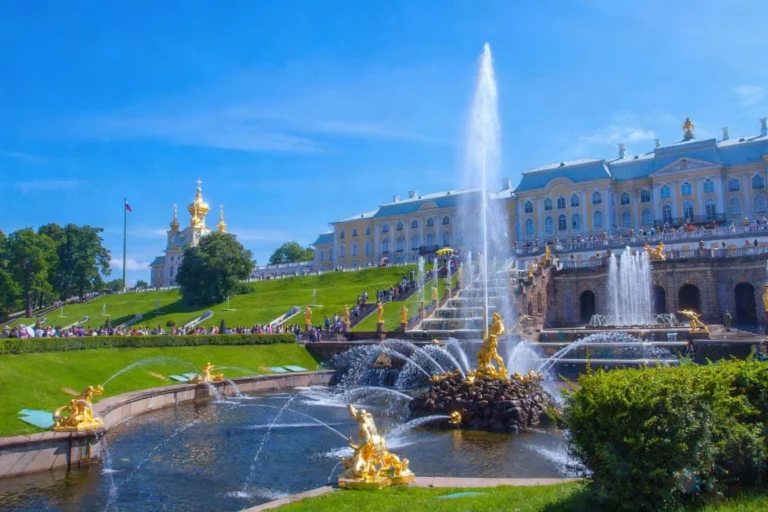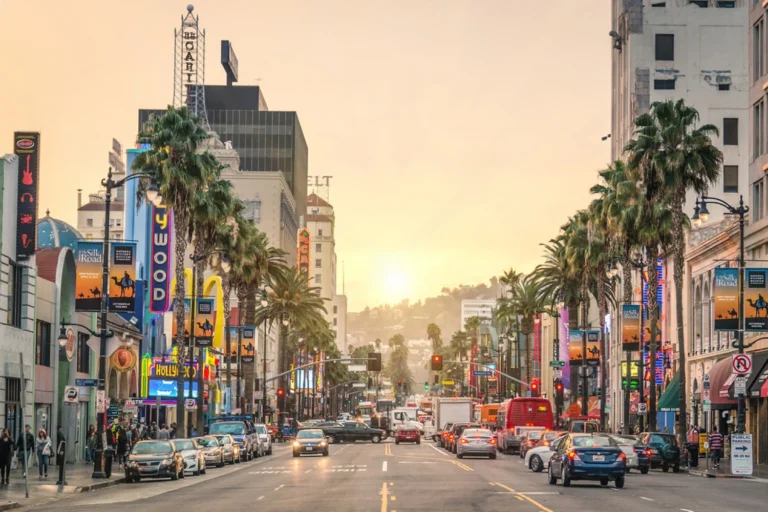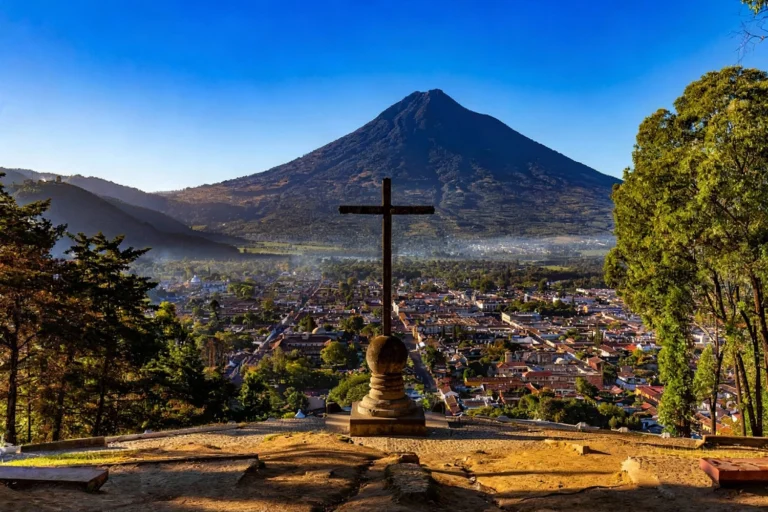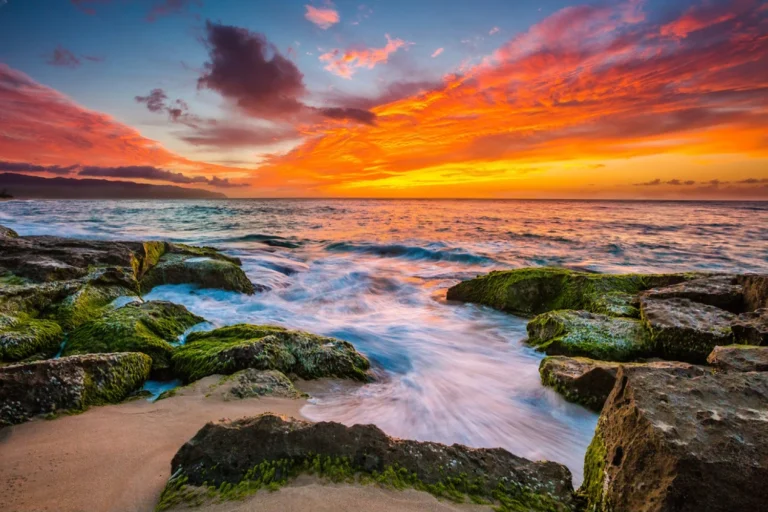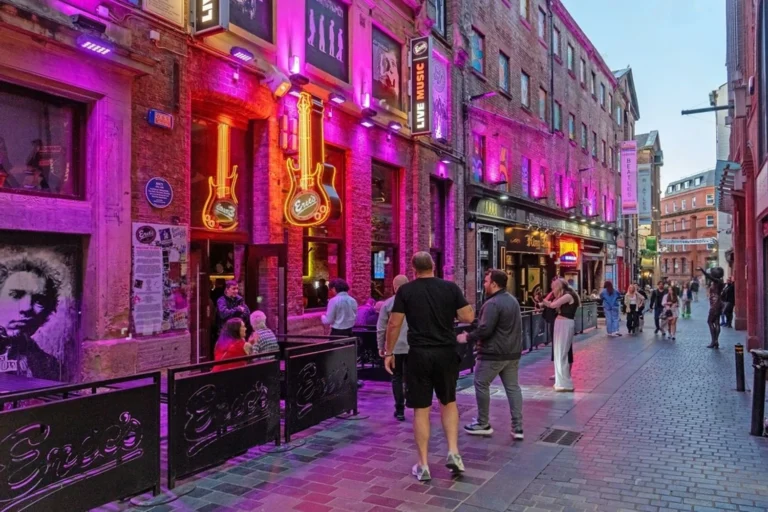Norway: 30 Surprising Details Beneath the Northern Calm
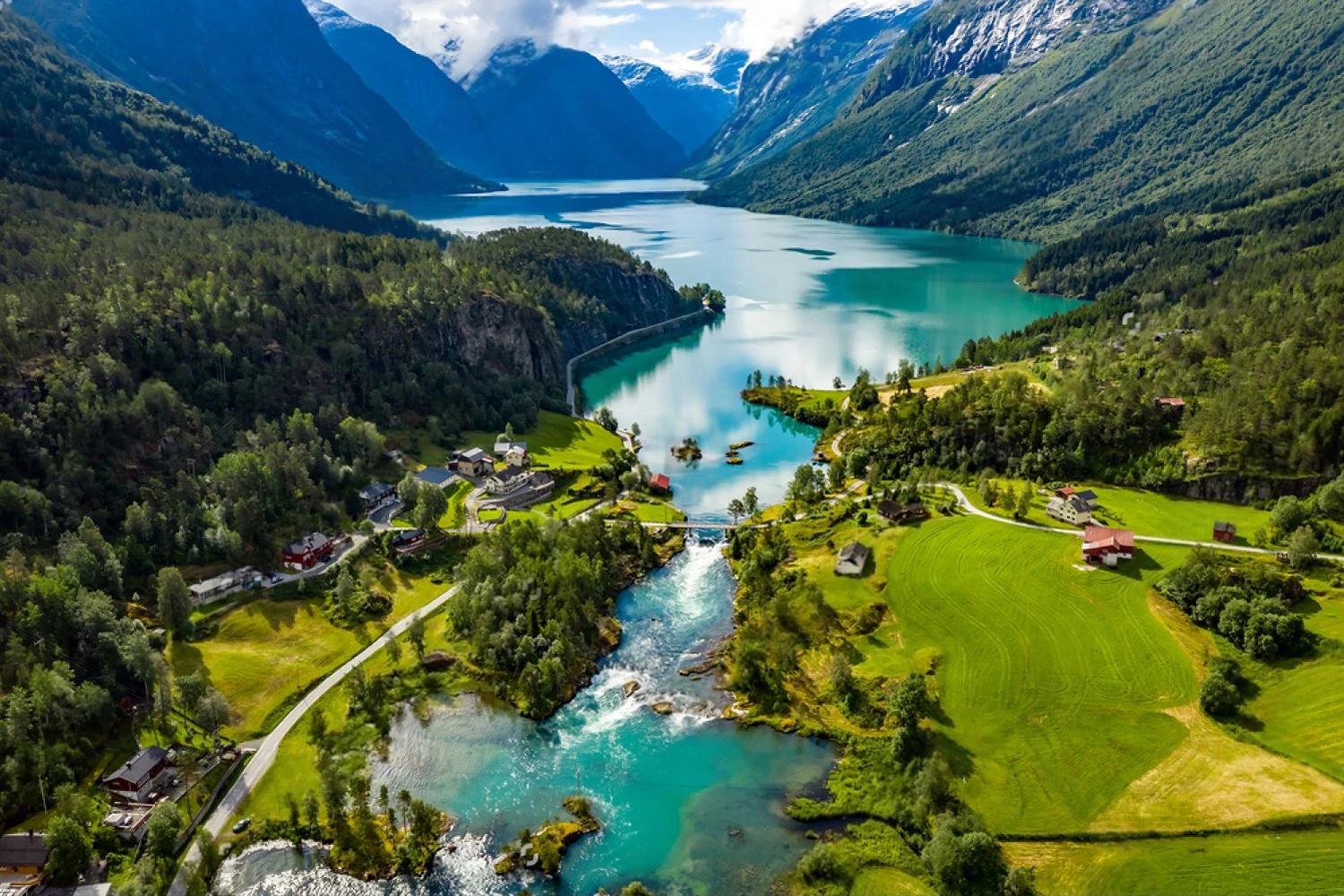
I’ve come to learn that Norway isn’t something you simply look at, but something you feel, like turning a smooth stone in your palm to find the quiet patterns underneath. Cool air brushes the cheeks, footsteps soften on wet pavement, and a doorway releases a curl of coffee steam. In the small pauses a shared nod at a bus stop, a scribbled note in a window, the hush of blue evening you start to notice the stories that sit between the obvious scenes. Here, I’m following those gentle traces toward the overlooked details that reveal a deeper spirit you carry with you long after the day ends.
The northern twist that quietly changed sushi forever
Funny to think that the coral orange slice we now take for granted wasn’t always there. I remember my first bite of salmon nigiri feeling almost cool to the touch, buttery against the rice, with a clean sweetness that lingered like a soft echo. It tasted familiar and new at the same time like a sunset folded into rice.
Back in the 1980s, fishermen from Norway had a brave idea: offer their rich, carefully farmed salmon to sushi masters who had long favored other fish. The pitch sounded unlikely, but the fish spoke for itself firm, silky, bright as if the cold sea were still humming inside it. One try, then another, and suddenly menus began to bend toward that glowing color, and a quiet habit became a worldwide craving.
I love that it happened this way no grand decree, just patience, salt air, and a little faith. It feels like a tiny bridge built by taste and trust, a reminder that the world changes not just in headlines but in small bites that surprise us with kindness. Every time I order salmon now, I sense that old courage, and it makes the whole plate feel a little warmer.
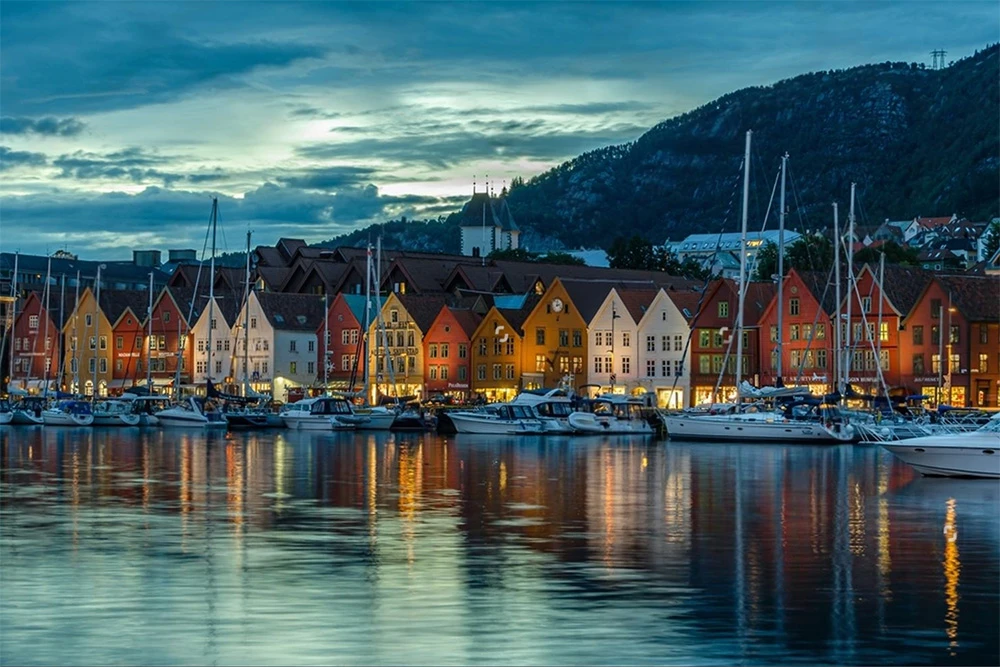
Where bears outnumber us, and death is exiled
I remember laughing when I first heard it, the kind of quick, surprised laugh that turns to silence in the cold. Imagine a place so icy your breath crystallizes mid sentence, where the snow squeaks like a secret under your boots. And then someone says it’s illegal to die here. The joke lands, but it stays in your pocket all day, heavy and oddly tender.
In Svalbard, there are more polar bears than people, which already tilts your sense of who truly belongs. The ground is too frozen to take the dead, so the law insists you must leave before passing away an icy twist on immortality that feels less like a rule and more like a mercy. It’s as if the land holds its breath and refuses to swallow any more of our stories, keeping them on the surface where the wind can read them.
What surprised me most wasn’t the strangeness but the gentleness of it. Out there, under a sky that glows like a bruise at noon, you feel yourself becoming small in the best way temporary, careful, grateful. The bears pace the edges of town, and you sense you’re a guest in a slow, white library of time. Leaving before the end doesn’t feel tragic; it feels honest, a quiet acknowledgment that some places are too alive to carry our endings.
The world’s longest road tunnel, lit like a quiet dawn
I didn’t expect the dark to feel kind. Under the mountains, the Lærdal Tunnel runs 24.5 kilometers through solid rock, and somehow the ride feels gentle. The air turns cool and mineral, the tires hum in a steady tone, and every so often the rock opens into blue lit caverns that glow softly against the gray. Gentle curves keep your eyes moving, and you catch yourself alert, almost curious, instead of counting minutes.
I remember thinking how rare it is to feel cared for by a piece of infrastructure the way those lights and bends seem to look after you on the long stretch between fjords. It’s practical, sure, but also oddly tender, as if someone tuned the darkness for human nerves. The result is not a tunnel to endure but a long exhale through the mountain, a reminder that even the in between can be beautiful.

A coastline that never stops unfolding its secrets
Some shores are simple; this one refuses to be. I remember a pier and the salt on my lips, the wind shifting from Atlantic brine to Arctic clarity to the Barents’ iron cold hush. On the map it looks like a lace of stone and water, fjords cutting so far inland that waves fade and the light settles into deep greens. In Norway, the edges feel endless.
If the coastline were pulled straight, it would run more than 25,000 kilometers enough sea for every mood. When the heart is loud, there’s the open swell and gulls wailing into weather; when you need quiet, a fjord holds the kind of stillness that untangles thoughts. And in between, the pale northern light makes everything quiet and honest, like the world telling you there’s always another cove, another mystery.
Born with skis on, and it shows.
I remember a morning when the snow squeaked under everything, and a grandmother drifted past a knot of schoolchildren, effortless and calm. Someone grinned and said, “født med ski på beina” – born with skis on their feet – and it landed not as a boast but as a plain truth. You feel it in the hush, in the wool warm air and the clean smell of pine: here, snow is a second language everyone speaks.
Later you hear it goes back more than four thousand years, long before medals and anthems – people sliding through winter because that’s how life moved. In Norway, skiing isn’t just a sport; it’s memory turned into motion, which is why the Winter Olympics medal table keeps tilting their way without much fuss. What stays with me is smaller: evening light turning the fields a soft blue, poles tapping in rhythm, and the gentle certainty that some traditions don’t need applause – they’re just daily life.
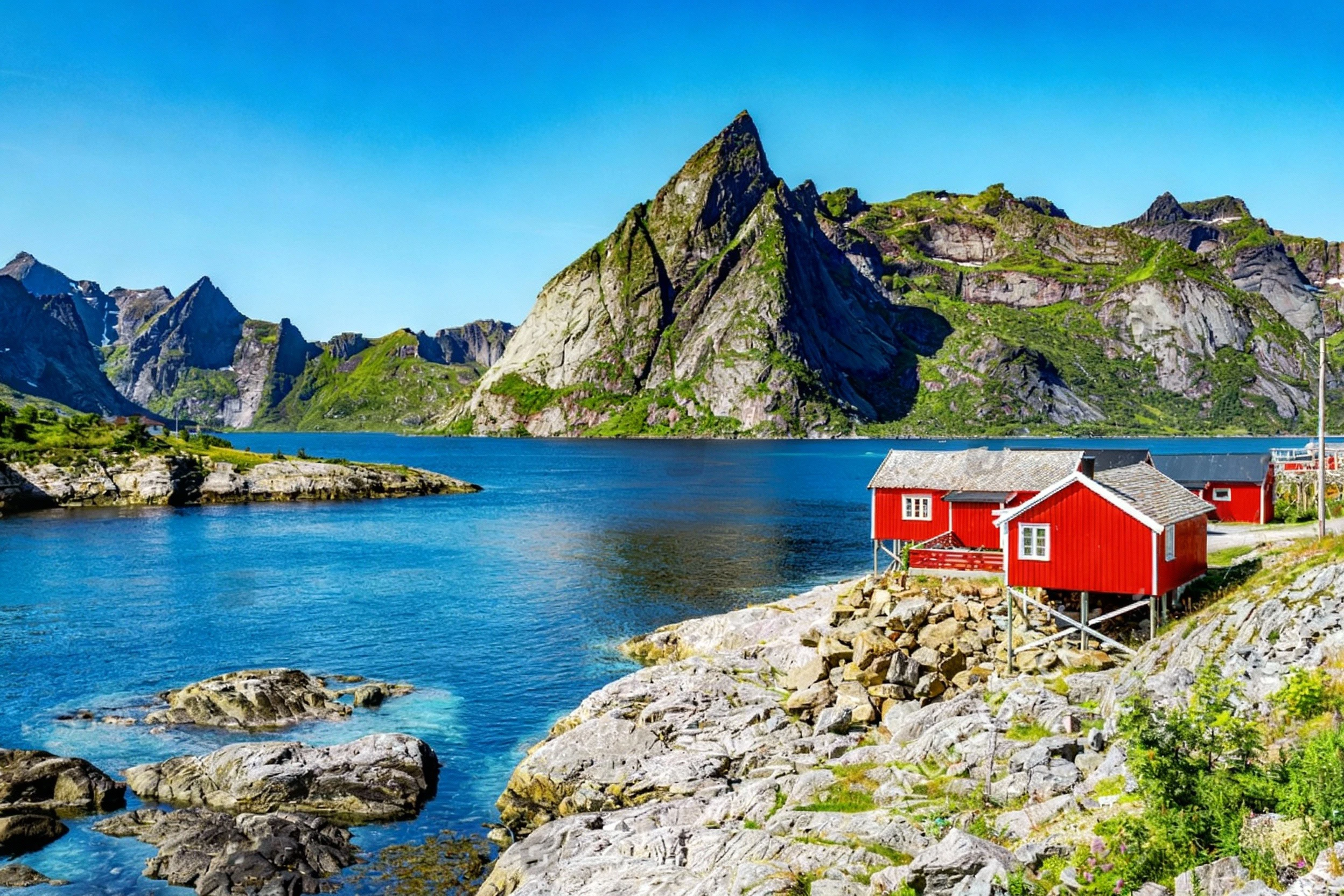
Viking horns were for toasts, not helmets.
I used to picture fierce helmets bristling with horns, and then someone laughed and said, no those horns were for drinking. Suddenly the room changed in my imagination: firelight licking the rafters, the smell of smoke and salt, hands curled around polished animal horns. The clink of them wasn’t dainty; it was a hearty chorus, the sound of people who’d survived another winter and wanted the night to know it. The horns gleamed like small moons, and the hall swelled like a tide of laughter more celebration than battle, more story than swagger.
In Oslo, that truth felt strangely tender. It made the Vikings less like costume figures and more like neighbors with cold cheeks, raising a toast to warmth, to luck, to the stubborn thread of life that pulls you through rough seas. I remember thinking how much kinder the legend becomes when you let it be human: no cartoon helmets, just a circle of friends, a sweet burn of mead, and a promise that the sagas would keep them alive long after the embers dimmed.
Norway invented slicing and a cheese that tastes like fudge.
I remember the first paper thin curl of brunost on a warm waffle; my brain did a double take. It looked like glossy caramel and tasted like fudge and toasted milk, sweet where you expect salt. The coffee steamed, the room smelled faintly of toffee, and I realized how much joy there is in a food that refuses to behave.
Maybe that’s why, back in 1925, a Norwegian dreamed up the cheese slicer born in Lillehammer, neat as a woodworker’s plane, shrunk for the breakfast table. Those tidy ribbons make brunost make sense: not a slab to conquer, but a small surprise you let dissolve. It feels so Norwegian to tame winter with little comforts, to engineer a tool for a feeling practical, playful, and just sweet enough.

Where moose and berries set the pace
I remember the hush that makes your shoulders drop, the piney sweetness in the air and a lake holding the sky like a calm mirror. On the edges of small towns, hoofprints dimple the morning dew, and you half expect a pair of antlers to appear where a bus stop should be.
In Norway, they say two thirds of the map is forest, mountain, and lake, and honestly it feels like more because the wild is the one setting the clock. Some places see more moose than people, and grandmothers still head out every summer to pick berries, fingers stained red and purple while kitchens fill with the smell of warm jam. It’s a kind reminder that we’re guests here, and that a life can be measured not in noise but in seasons.
The Peace Prize’s quiet stage in winter light
It still catches me off guard that the Nobel Peace Prize is given here in Oslo, not in the place most people assume. There’s a hush to winter that seems to steady everything the air so crisp it almost chimes, coats smelling faintly of wool and cold, a soft brightness pooling in the windows at dusk. I remember the way footsteps sounded on the snow outside, as if the city itself were holding its breath before a promise.
Alfred Nobel chose this northern home on purpose, trusting a tradition of stubborn independence and even keeled judgment to carry the weight of the choice. And every December it feels right: peace arriving dressed in winter elegance, modest and luminous, like a candle cupped against the wind. In that calm light, the world’s loudest hopes seem to find their own inside voice.

The land of midnight sun and endless night
I still laugh at how my sense of time unraveled there. I remember the curtains glowing like citrus at 2 a.m., a soft gold resting on the harbor and refusing to dim. It made me calm and restless at once, the kind of feeling that nudges you to whisper, not sleep.
In Norway’s far north, the Midnight Sun lingers for weeks, and you learn to be gentle with sleep. Kids ride late, conversations drift long after dinner, and the sea keeps a pale, steady glow that makes everything feel possible. I loved how easy it was to be awake to the small things: the salt in the air, the warm clatter of dishes, laughter spilling down a quiet street.
Then winter comes, and the light softens to a deep blue for long hours. Streetlights pool warm on the snow, voices sound closer, and you notice the comfort in small rituals soup simmering, a favorite song, the hush of boots on packed paths. Experiencing both taught me to trust my own rhythm; it’s a place for poets, insomniacs, and anyone curious about what light can do to the heart.

The world's largest herd becomes a living river
I remember the sound before the sight: a soft clicking drifting on the wind, like distant beads finding each other. Then the horizon began to move brown and silver bodies in one sure rhythm, a long sweep of motion across the pale light. It felt strange and beautiful to realize the landscape itself had started to travel.
Out on the Hardangervidda Plateau, wild reindeer still choose their own wide roads. Thousands flowed over ancient tundra, steady and unbothered, the air smelling of lichen and cold stone. Antlers rose and fell, dark against the sky, and the herd breathed like weather, unhurried and whole.
What surprised me most was the quiet certainty of it all. Their path is older than maps, older than our plans, and watching it made me feel small in a comforting way. I remember standing very still, letting that calm settle, thinking how rare it is to witness a place where life still moves together with such easy confidence no spectacle, just a truth that keeps going.

Where road signs speak in three gentle voices
I remember the hush of winter light when a green road sign suddenly eased into new letters. Up in the far north of Norway, consonants shuffled, vowels grew quiet accents, and place names appeared in pairs. It felt like tuning a radio and catching a different station the landscape the same, the voice freshly changed. That small jolt made me smile, an invisible border marked by sound instead of fences.
Only later did it sink in: this country writes itself in more than one way. Bokmål and Nynorsk share the page, and the indigenous Sámi language stands alongside them, especially in the north where signs greet you in multiple tongues. I find something tender in that, like everyday life leaving room for every voice. Once, while wandering there, hearing those names in new shapes made me realize how belonging can be plural and how travel can be a lesson in listening.
When the mail rides boats, snowmobiles, and helicopters
Funny how a birthday card can feel heroic out here. In Longyearbyen, the mail doesn’t just arrive; it braves things. It comes by boat when the fjord loosens its grip, by snowmobile when winter tightens it again, and sometimes by helicopter, the thrum rolling over the rooftops like a steady heartbeat in the cold.
I remember one card that finally showed up with soft corners and a faint mix of sea salt and diesel, as if it had collected stories along the way. The postmark wandered across dates, the way time does when weather has the last word. Opening it, I felt that small jolt of warmth you get when someone remembers you from far off like a migrating bird dropping into your palm after a long, improbable flight.
Out here you learn that connection doesn’t move at city speed; it moves with the wind, the ice, the willingness of a stranger to carry a sack a little farther. Waiting becomes part of the celebration. By the time a message reaches you, it already carries a piece of the landscape, and somehow that makes the kindness inside it feel even bigger.
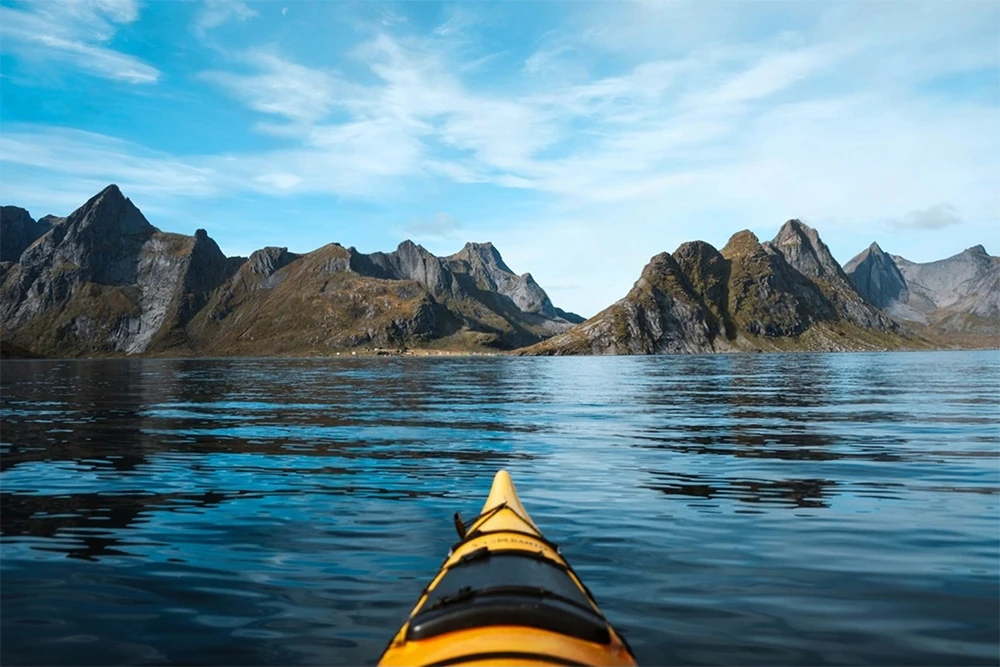
The quiet rule that hushes Norwegian success
It surprised me how quiet pride could be. One evening, someone mentioned a promotion, and everyone smiled, then asked about weekend hikes. No drumrolls, just the clink of cups and easy laughter. In Oslo, even the brilliant wear their skill lightly, like a soft sweater against the cold.
They have a word for this hush Janteloven, the Law of Jante. It’s an unwritten rule that frowns at bragging and invites everyone to sit at the same table. You feel it on the tram, where no one needs to announce themselves; success is treated as something quietly useful, not a show.
At first I wondered if humility might dull the sparkle, but it doesn’t. The glow is there, just steadier, like a lake without ripples catching the long light. I found myself speaking softer, listening more, and feeling how comforting it is when achievement doesn’t shout it simply joins the day, belonging to everyone.

Norway’s dragon roofed wooden churches, few but unforgettable
I remember pausing in front of one and feeling the air go still for a moment. Built only of timber, the walls wore the dark sheen of ages, smelling faintly of resin and rain. The roofs curl like frozen waves ending in dragon heads, and the carvings wander in tight, hypnotic patterns until you forget where your gaze began. Standing there in Norway, the quiet felt deep, almost protective.
Only 28 remain from more than a thousand, and that rarity changes the way you stand there softer, more attentive. There’s a quiet, storybook feeling to them, but it’s grounded in handwork and smoke and the grain of old pine. Each one feels like a doorway to a world where myths still breathe, yet what moved me most was how simple wood could hold so much time, faith, and weather and still look ready to welcome you in.
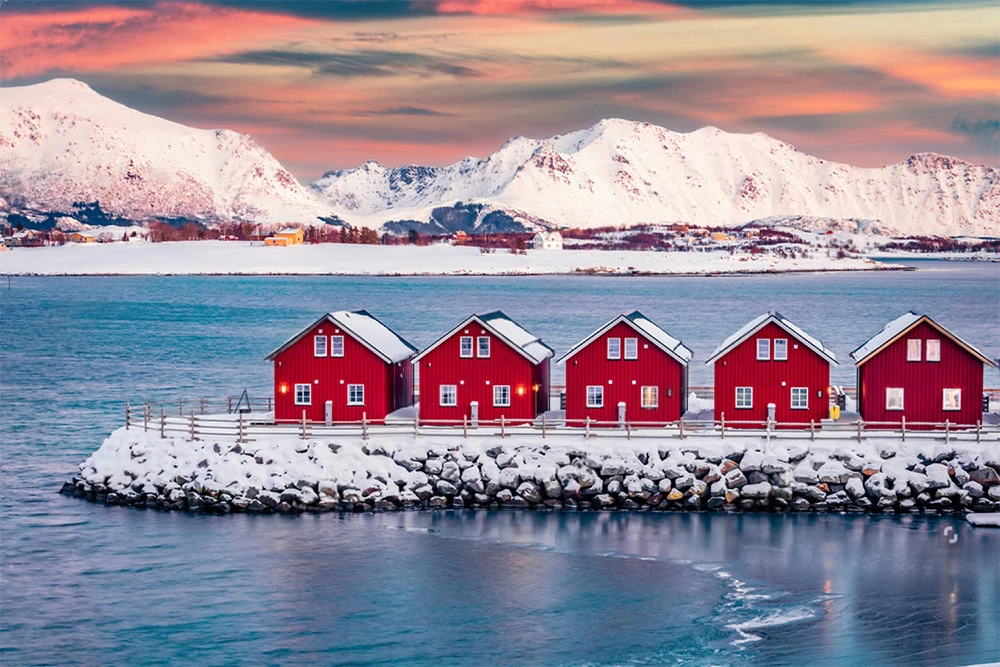
Norway’s crest roars with a surprising lion
I remember grinning when I learned the national animal here isn’t the antlered giant everyone imagines, but a lion. In a land of snow, spruce, and hoofprints, the king is a creature of heat and mane, stamped in gold on that deep red shield. It makes a certain kind of sense, though the country wears its wild heart quietly, and the lion feels like a secret roar pinned to a wool coat.
Someone in Oslo once told me the lion is a memory of old crowns and alliances, a nod to medieval thrones that still echoes through the sagas. The myths here don’t always belong to the landscape; some belong to the spirit trolls and sea serpents, courage and stormlight and the lion fits that wilder, inward map better than any set of antlers. I love that choice: in a place that reveres elk tracks and berry stained summers, the emblem picks not what’s common, but what’s brave.
Once, under winter light that washed the harbor pale, I caught the glint of that lion and felt oddly comforted. Not from the forests but from a long line of rulers a small reminder that this rugged place makes room for boldness as well as quiet. It’s an emblem that looks outward and inward at the same time, and somehow that feels exactly like Norway.
Northern lights, midnight fishing, and cod bound for the Mediterranean
I still can’t get over how the sky misbehaves up here. On certain winter nights it opens like a theater curtain and lets down a soft green hush, the kind that makes you whisper without knowing why. Then summer arrives and the sun simply refuses to sleep, so people cast nets at midnight while the water glows pale as milk. The air tastes of salt and cold iron, and somewhere a gull scolds the wind; in the Lofoten Islands, night and day seem to negotiate rather than obey.
What makes me smile is how the story doesn’t end at the harbor. The cod dried on wooden racks here once sailed south in medieval holds, finishing its journey in bright Mediterranean kitchens, folded into stews and feast day tables. It’s strange and beautiful to think a winter breathing coast could nourish a meal in Naples or Barcelona centuries ago a quiet reminder that this place has always been a bridge of salt between faraway tables and skies.
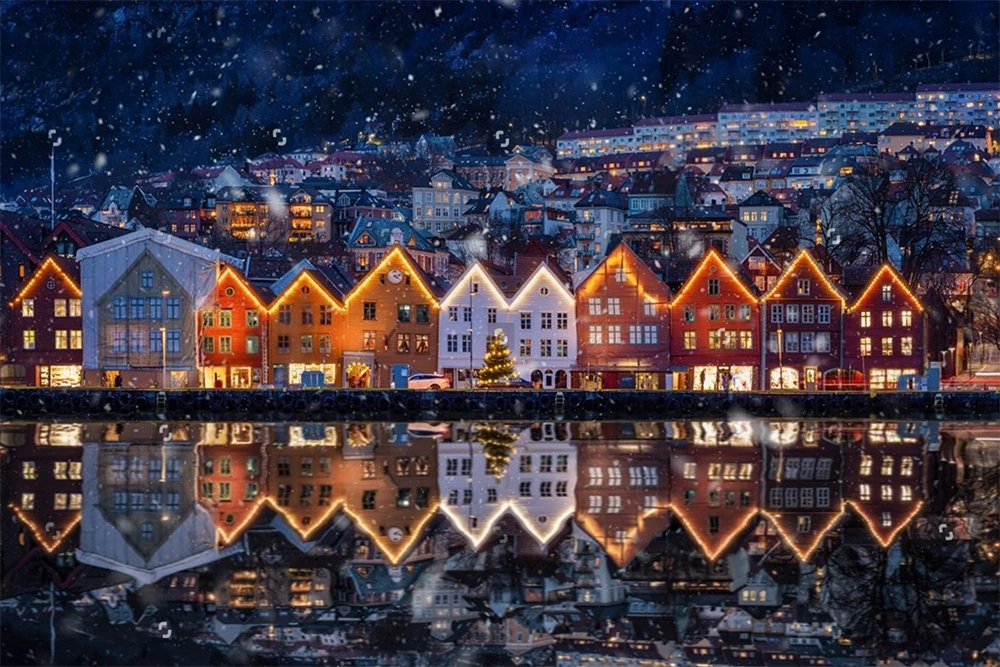
Where joik and antlers outlasted the Vikings
I still hear that low, curling melody in the wind joik, the Sami song that makes the air feel remembered. Reindeer bells tinkled somewhere beyond the snow crust, and the bright colors of gákti warmed the pale day. The Sami, Northern Europe’s only recognized Indigenous people, share a quiet steadiness you notice right away.
They’ve lived across northern Norway for more than 10,000 years long before longships learned the names of these coasts. Reindeer herding still traces gentle lines across the tundra, the seasons following the animals’ paths, and the joik carries places and people without a single map. Listening, I felt time as a braided river, many currents, one song.
What surprised me wasn’t the age of it, but the tenderness how music, cloth, and the careful tending of reindeer keep a community intact. I remember standing there and thinking that maybe belonging can be simple: staying close to the land until its small sounds start to feel like your own.

Two Weeks of Red Overalls and Ritual Mischief
I remember a chilly May evening when the street suddenly hummed like a carnival on wheels, and a river of teens in red and blue overalls swept past, faces flushed with cold and laughter. For two weeks, they live in this bright pocket of time pulling pranks that are half joke, half secret pledge while party buses throb like moving dens of light. The air smells like night and fast food; the bus windows rattle with bass; someone’s voice cracks mid cheer and everyone roars anyway. It’s loud, a little chaotic, and strangely tender like spring breaking its own silence.
In Norway, the whole thing is called Russ, and the rules they follow feel less like mischief and more like a homespun rite of courage, passed down in whispers and dares. What looks wild from the sidewalk has its own careful warmth: a way of saying goodbye to childhood with the volume turned up, so adulthood can’t pretend it didn’t hear. I love that about this place that underneath the glitter and the goofy challenges there’s a real, pulsing gratitude for being young together, just long enough to make it unforgettable.
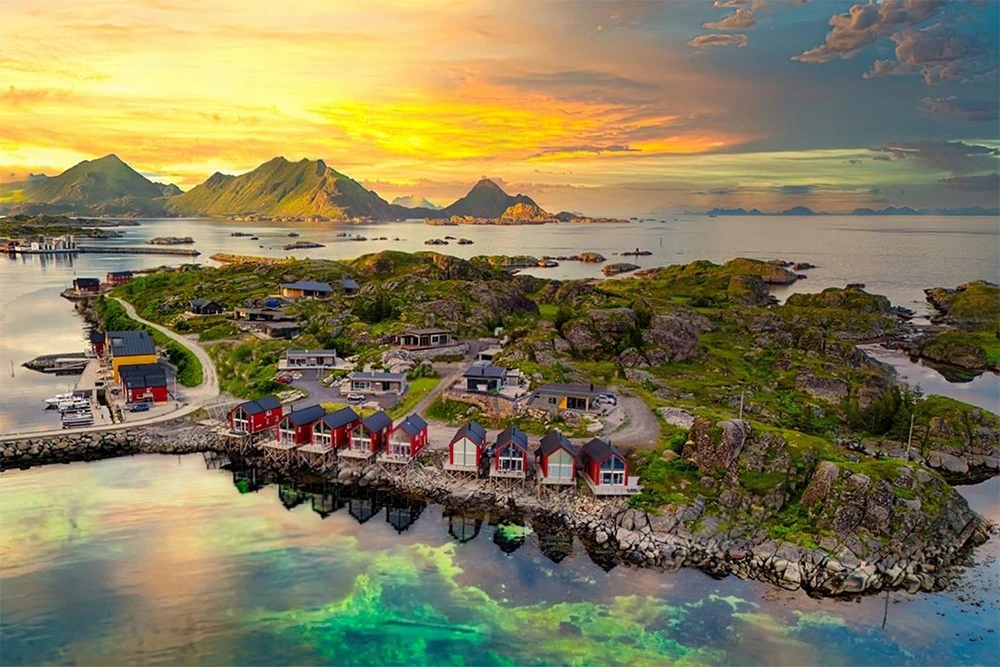
Edinburgh’s knighted penguin with a Norwegian military rank
I still smile thinking about the day a penguin outranked me. At Edinburgh Zoo, Nils Olav sleek and serious as polished onyx holds an official rank in the Norwegian Guard, and every so often real Norwegian soldiers arrive to inspect him. The sight is gently surreal: crisp uniforms, brass catching a thin Scottish sun, and a calm, dignified waddle beside them, like a tiny admiral in a tuxedo presiding over a ritual he understands by heart.
There’s a hush that falls over everyone, the soft shuffle of boots, the faint salt and fish scent on the air, a murmur of pride you can feel more than hear. I remember thinking how rare it is when ceremony makes room for kindness and a little mischief how a bird can become a symbol of respect, friendship, and the quiet humor that keeps a place human. It’s a bridge of ceremony between two cold coasts, and somehow it warms you.
The whole thing stays with you not because it’s ridiculous, but because it’s tender. A king penguin with medals and a duty roster sounds like a punchline, yet it reveals something lovely about us: that we honor what delights us, and that dignity can live inside a waddle just as easily as a march.
From burnt stave churches to worldwide festival thunder
I never thought a sound that harsh could feel strangely welcoming. One winter night in Oslo, the air was cold enough to sting, and somewhere a door opened to that black metal snarl – guitars raw and relentless, drums tumbling. People talk about the old stave churches burned and gutted, and you can almost smell tar and smoke in the stories, but what surprised me was the tenderness inside the noise, like frost catching fire. It felt less about destruction than about naming a darkness so it wouldn’t own you.
Now that sound travels across oceans and fills festival main stages, under heat lamps and foreign skies, and strangers who’ve never walked a Norwegian forest throw their heads back and grin. I remember watching a crowd move together – not happy exactly, but alive – and thinking it’s become a shared language, a storm that learned to sing. Who would have guessed the country’s darkest export would turn into wild creative pride, the kind you carry without apology.

A winter gift that keeps a promise
There’s this held breath before the lights come on, the kind of hush that makes cold air taste like tin and pine. When the great spruce rises in Trafalgar Square, it feels like a long distance embrace – a yearly gift from far northern forests, a thank you that began in the war and never stopped. The bulbs blink awake and the tree becomes a quiet lighthouse of needles, steady in the dark, saying: we remember.
I remember standing there once, cheeks numb, listening to a choir sew songs into the night. Kids rode high on shoulders, grandparents pointed softly, and you could feel the ritual threading us together, like a ribbon tugging distant winters into the same warm circle. It’s such a simple thing – a tree and a switch – yet it turns gratitude into something you can stand under, something that glows on faces and stones and makes the old friendship feel new again.
Norway’s oldest city beside a quiet fjord
It’s funny how age can feel gentle instead of grand. I remember the air by the water smelling of salt and old tar, gulls crying over a pewter gray stretch of fjord. In Tønsberg they say it’s Norway’s oldest city still standing, and that simple claim slows the day in a kind, unhurried way.
The early Viking past feels close. People swap shipwreck legends that live like neighbors under the tide, mention buried silver with the same easy tone they use for weather and birthdays, and talk about ancient rune stones that sound like dry voices caught in rock. What stays with me is the warmth of it all – age not as a display case, but as a shared memory that makes the place feel steady and human.
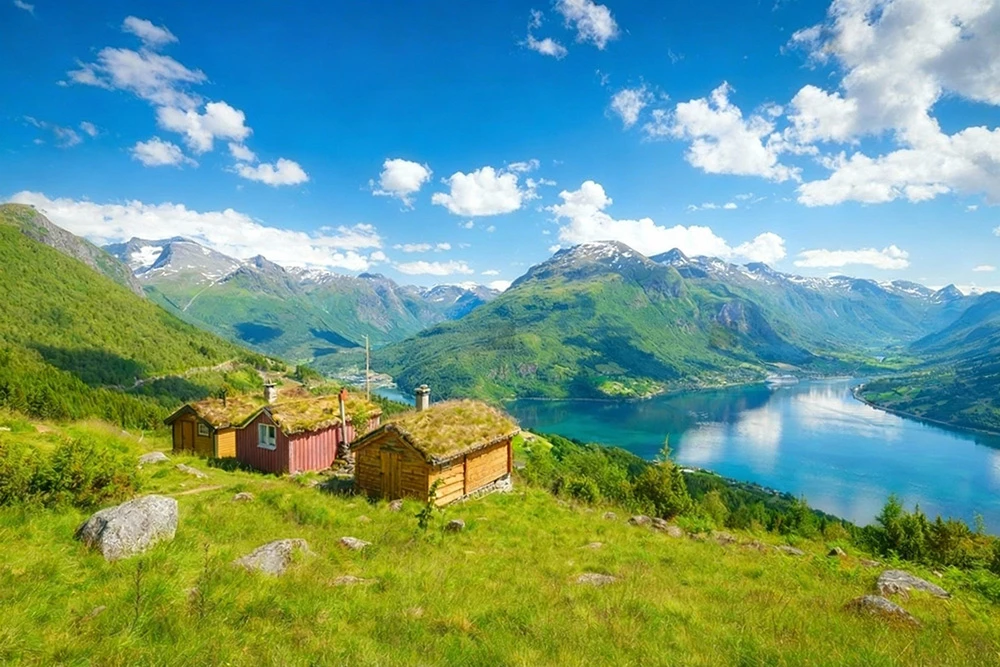
A village museum where time still lingers
I remember turning a corner and finding a little lane that smelled of warm rye bread and wood smoke. Nothing was behind glass; doors leaned open, a loaf cooled on a windowsill, iron tools caught the shy northern light. It felt less like a museum and more like a place still busy with ordinary life the quiet clatter of a loom, the creak of a gate, flour dust drifting in slow little clouds.
At the open air museum in Oslo, someone told me these homes, bakeries, and workshops were gathered from all over Norway and set side by side, like new neighbors. I loved that idea the country turned into a walkable quilt stitched from far flung valleys. Wandering there, I kept noticing small kindnesses: a stair worn smooth by many feet, paint faded to the color of berries, a kettle humming softly after the fire went out. Maybe that’s the magic of these tiny preserved villages: history isn’t distant or delicate; time moves like honey, slow enough to taste.
A Norwegian electric pioneer humming through winter streets
I remember blinking when a stubby little Think rolled past on a pale winter afternoon, tires hissing over hard packed snow. In Oslo, the air had that dry, crystalline bite, and the car made almost no sound just a gentle hum, like a whisper tucked into a scarf. It felt strangely intimate to watch it slip by, small and sure, as if the future had chosen to tread lightly.
Before electric turned into a buzzword and Tesla became living room talk, this Norwegian made Think car was already braving road salt and icy mornings. Only a few still cruise today, scuffed but steady, and seeing one feels oddly tender proof that ingenuity here doesn’t shout, it endures. Maybe that’s the best part: in a place that knows long nights and honest weather, progress arrived quietly, a small candle of stubborn optimism keeping warm against the wind.
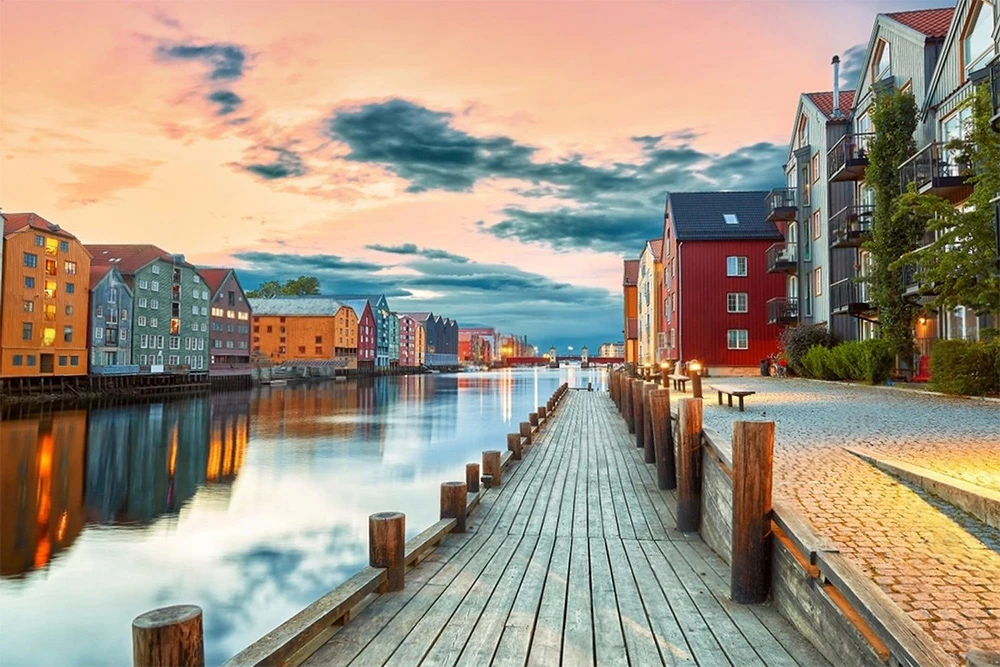
Where sweets and wild woods shaped Dahl’s magic
It makes me smile to think that behind Roald Dahl’s wild contraptions and mischievous children were such ordinary sparks: sugar dusted windows, licorice ropes, and the hush of a path under tall firs. I remember how a sweet shop can feel like a pocket sized universe behind glass, colors stacked in tidy rows, the air warm with caramel and a whisper of cinnamon. Add the resin scent of the woods and the springiness of moss underfoot, and you can almost taste where the stories learned to leap.
In Oslo, the distance between a candy counter and a forest gate is thin, and that closeness feels like a door propped open to wonder. It’s surprising and somehow perfect that his magic grew from places so everyday bells clinking on a shop door, blueberry stained fingers, the quiet of the trees because it reminds me that delight doesn’t always arrive with fireworks. Sometimes it’s just sweetness and pine sharing the same breath, and a mind ready to follow the trail.

Waterfalls within arm’s reach as ships glide by
I remember the hush that fell when the hull slipped into the blue, the water suddenly so deep it looked inked by night. The falls were right there, thundering a few heartbeats away, yet the ship moved with the gentleness of a sigh. Fine mist hung in the air and the sound wrapped around us low, steady, almost protective as if the fjord were a stone cathedral hushed by water. It’s wild how something so huge can come so close, and instead of fear, you feel looked after.
High above, where the light seems to pause before touching the cliffs, little farms clung to ledges like patient nests. Seeing them made me think about stubborn hope the kind that plants roots wherever it can and calls it home. In Norway, the sea isn’t just sea; it’s a road, a neighbor, a quiet witness to lives lived between plunge and sky. The whole scene felt like a gentle reminder that depth isn’t only about water it’s about the courage to stay, to grow, in unlikely places.
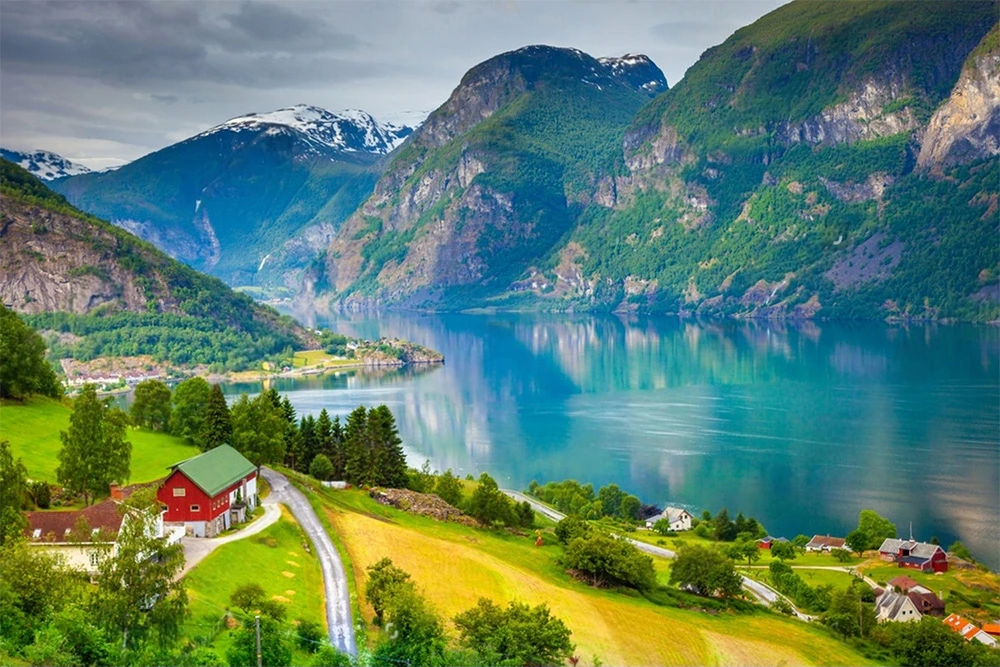
Water so pure, bottles suddenly feel a little silly
The first sip surprised me cold enough to wake the teeth, bright as if it had just run through granite. When I asked for bottled water, a barista in Oslo laughed softly, the kind that says, you don’t need that here. The tap felt like an everyday luxury people forget to brag about. It tasted like biting into clean snow.
What struck me most was how available it is: silver spouts on street corners, tiny fountains by ferry docks, even one by a trailhead in a village with more boats than shops. People pause, refill, chat, and move on kids with sticky hands, elders walking dogs, hikers smelling of pine. The water comes out shockingly cold, with a faint mineral taste, and there’s this shared trust in the flow.
It felt like a habit shaped by respect why trap water in plastic when it runs clear from every tap? Those public fountains are a quiet civic handshake, saying we take care of this, so it can take care of us. I left with my bottle heavier and my conscience lighter, surprised by how a simple sip can tell you so much about a place.
https://en.wikipedia.org/wiki/Norway
Seafood, craft, and rain under a shifting sky
I remember the soft hiss of drizzle on my jacket and the clean smell of brine that wakes you up. The world’s longest fish market felt like a tide you can walk alongside stall after stall of silver mackerel, rosy salmon, and neat piles of shrimp cooling on crushed ice, voices rising and falling around the clink of knives and the lazy cry of gulls.
Between the fishmongers sat knit caps beaded with rain, hand carved spoons, and jars of cloudberry jam the kind of small, useful beauty people make for each other. In Bergen, food, craft, and community sit shoulder to shoulder with a whiff of rain soaked history the smell of tar and wet timber, the suggestion of old boats and what stays with me is how easy it was to linger, to feel welcome while strangers swapped recipes and the sky kept changing in that restless northern way.
Where trolls still grin from the forest shadows
It made me laugh, the way trolls here refuse to stay in storybooks. One moment you’re breathing in pine and damp stone, and there’s a statue by a little bridge with hair like a gust turned solid and a grin full of mischief. I remember the drizzle catching on its nose and thinking, of course they guard the crossings and the trailheads someone has to keep an eye on the wanderers, right?
Even the maps seem in on the joke, whispering old names that make the mountains feel like sleeping beasts. There’s a whole range called Jotunheimen, basically the giants’ home, and trails that nod to trolls with tongues and ladders and paths that coil like secrets. Out there, every hike softens into a playful kind of alertness; you watch the boulders the way a kid watches clouds, half hoping for a face. That’s the charm of it: the land invites your imagination to walk beside you, and the myth feels less like a story and more like the weather.
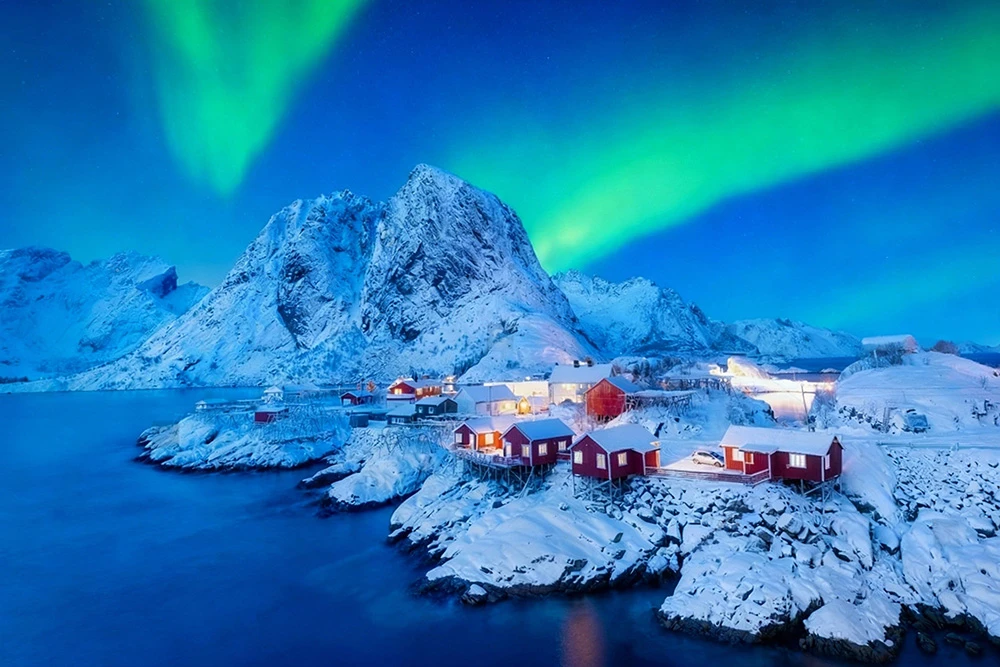
Final thought
In the hidden stories, in the small details, in the human moments passed between strangers and friends, a truer side becomes visible less polished, more alive. Each small scene and sidelong glance nudges us closer to understanding, until a quiet mosaic comes into gentle focus. Somewhere between the everyday and the unexpected, Norway shows itself in ways that feel intimate and real. I leave feeling light and curious, inspired to notice more.
